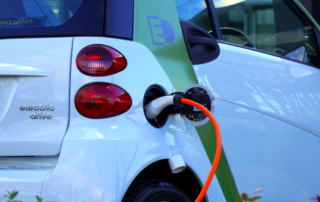Electric cars and the hydrogen economy
Whether the concern is polluted air, greenhouse emissions or dependency on a finite supply of resources, businesses and governments worldwide have begun the search for cleaner, more abundant fuels. In particular, lives are affected by pollution on a regular basis in Salt Lake. The city was ranked as the seventh most polluted in the U.S.

